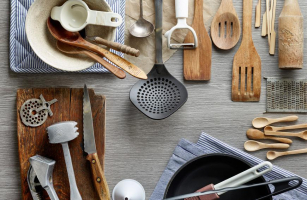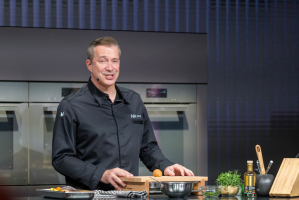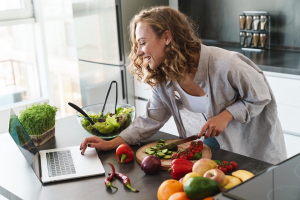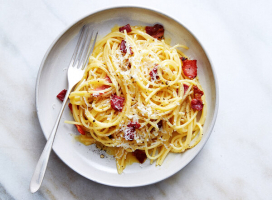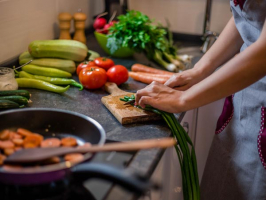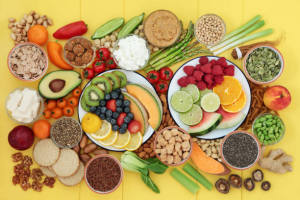Top 10 Basic Cooking Skills Every Home Chef Should Master
Every master chef began their culinary career as a home chef. If you're committed to cooking and eating homemade food, you probably know a thing or two about ... read more...it. However, if you want to consistently make perfect dishes or experiment with more advanced recipes, you'll need to know some fundamental cooking techniques. There are some cooking techniques that every master chef had to master before they earned the right to be called a master. Let's find out the Basic Cooking Skills Every Home Chef Should Master below!
-
If you've been chopping your vegetables in a food processor, it's time to learn how to cut and chop with a knife. Knowing how to use a knife correctly can give you more control over how you prepare vegetables for various recipes. Knowing how to use a knife saves time and reduces the risk of injury.
Cutting vegetables and herbs with a knife is the most basic cooking skill, but did you know it is also used to assess a chef's skills during job interviews? The only way to improve your knife skills is to practice. You should use a chef's knife that is razor sharp. Following that, practice a variety of cuts, such as rough chop, dicing, mincing, and chiffonade. To sharpen your cutting skills, you should also watch video tutorials and follow them.
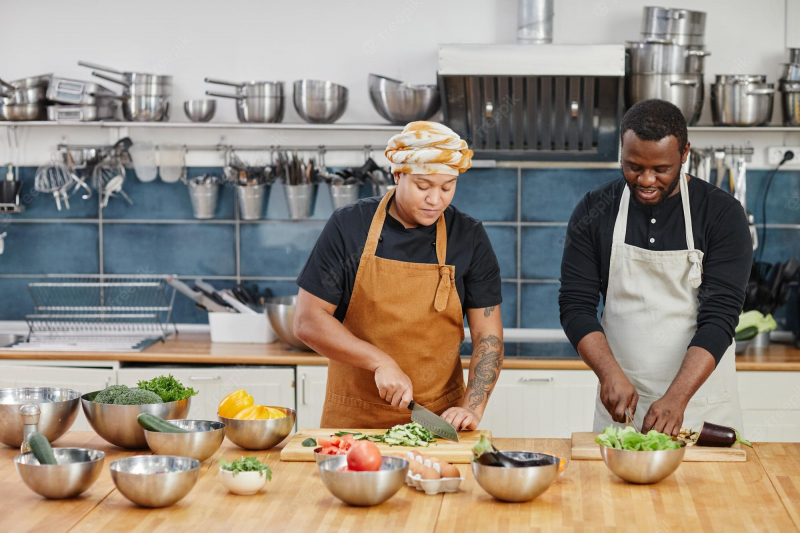
via: Freepik 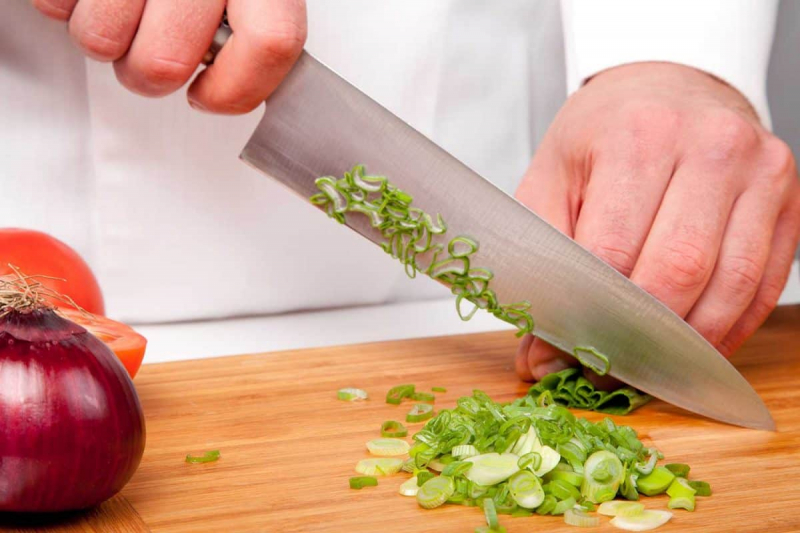
via: Kitchen Seer -
The stock serves as the foundation for many dishes, including soups, stews, and sauces. When learning the fundamentals of cooking as a home chef, you should pay special attention to making stock from chicken, beef, fish, and even vegetables. Although making stock is a simple process, it will help you transition to more complex recipes in the future.
To make the stock, cover the bones and vegetables with cold water, about 2 inches deep. Bring the stock to a low boil over medium heat. Skim the surface of the stock on a regular basis as it heats up to remove any fat and impurities. Cook the stock for about 4 to 6 hours. Add the herbs about 30 minutes before the stock is done cooking and continue to simmer. This low-effort method can also be used to enhance the flavor of other dishes. So, if you're serious about learning the fundamentals of cooking, learning how to make stock is as simple as it gets.
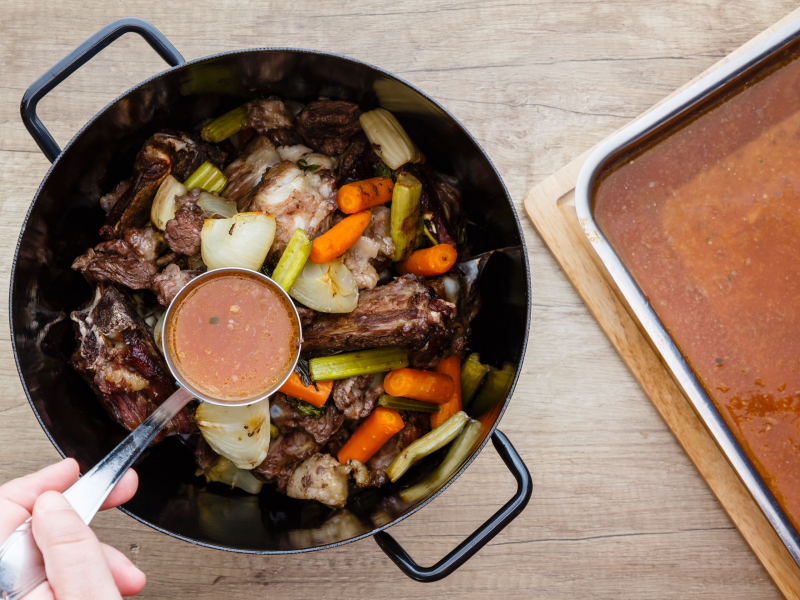
via: The Spruce Eats 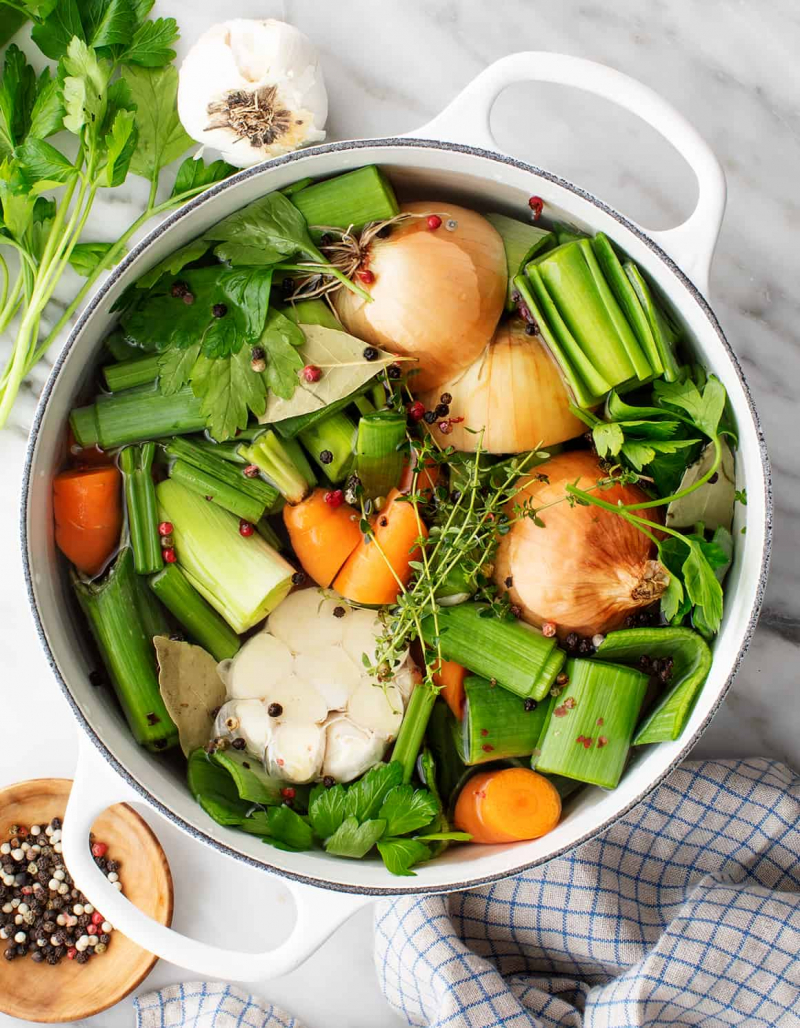
via: Love and Lemons -
Stir-frying is used in a variety of recipes, and you can't call yourself a true chef unless you've mastered the art of stir-frying vegetables. Stir-frying is exactly what it sounds like. You'll need some oil and your favorite vegetables to stir-fry. However, the end result of this process is healthy but delicious cooked vegetables.
There are three steps you must take to learn this fundamental cooking skill. To begin, heat a cooking pan over high heat and add some oil to the heated pan. Then, in a matchstick or half-moon shape, add your favorite vegetables to the pan. Continuing to stir the vegetables until they appear cooked should take no more than 10 minutes, depending on the vegetables used.
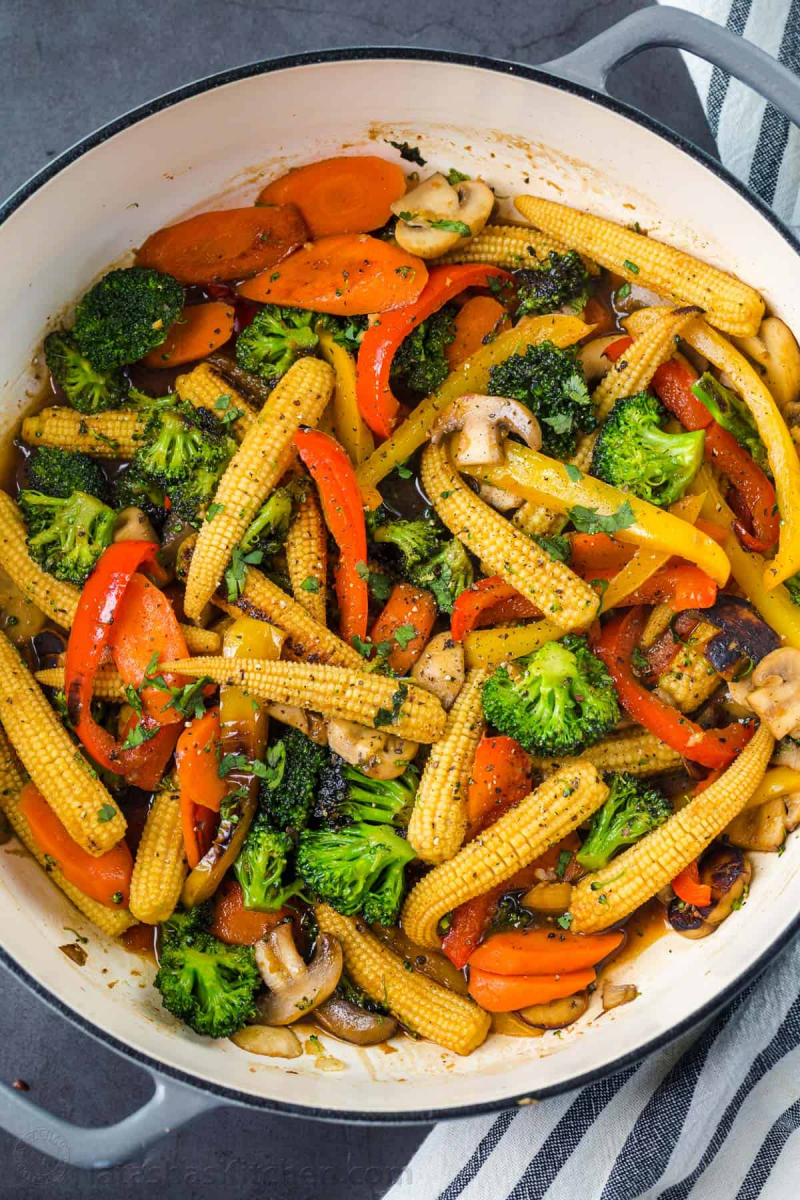
via: Natasha's Kitchen 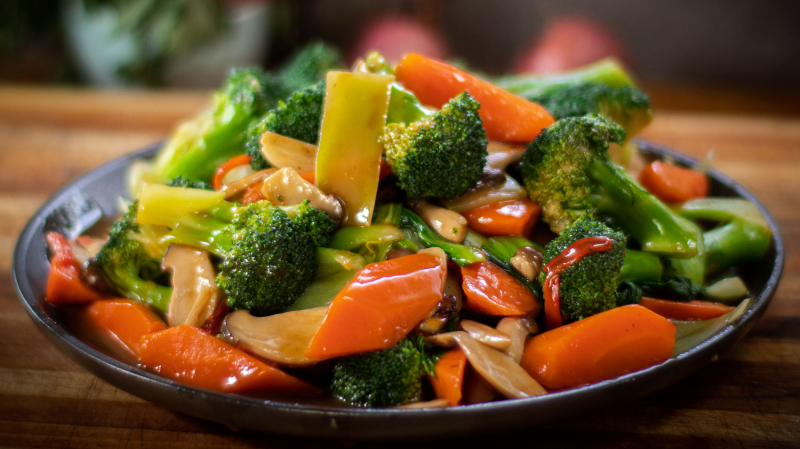
via: RECIPE30 -
Grilling, like stir-frying, is the most basic yet widely used cooking skill you should add to your arsenal as a home chef. Grilling food uses little to no fat, but the end result is delicious grilled food with a crispy exterior and a tender interior. You can begin grilling the traditional way by barbecuing, or you can use specialized grill pans.
While vegetables can be grilled directly, meat requires marination with various sauces and seasonings. When it comes to grilling, vegetables are much easier. All you have to do is toss the vegetables with oil, vinegar, and herbs and grill until both sides are done. Grilling pre-marinated meats, on the other hand, necessitates a longer grilling time to ensure that the meat is completely cooked. Grilling chicken can take up to 5 to 7 minutes for both sides of the meat. Grill the steak for up to 10 minutes on both sides, or until it appears done.
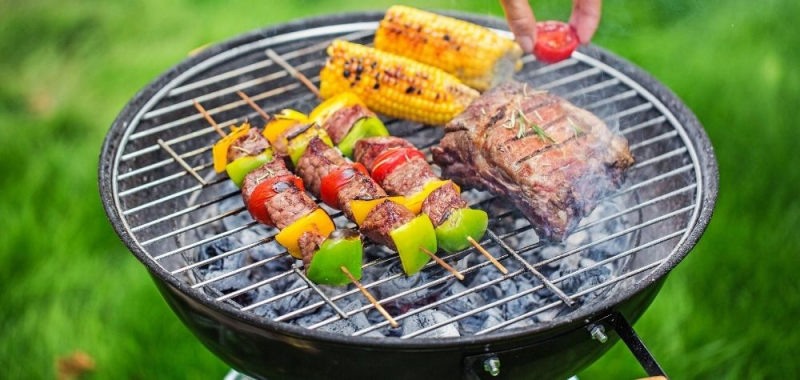
via: UNL Food - University of Nebraska–Lincoln 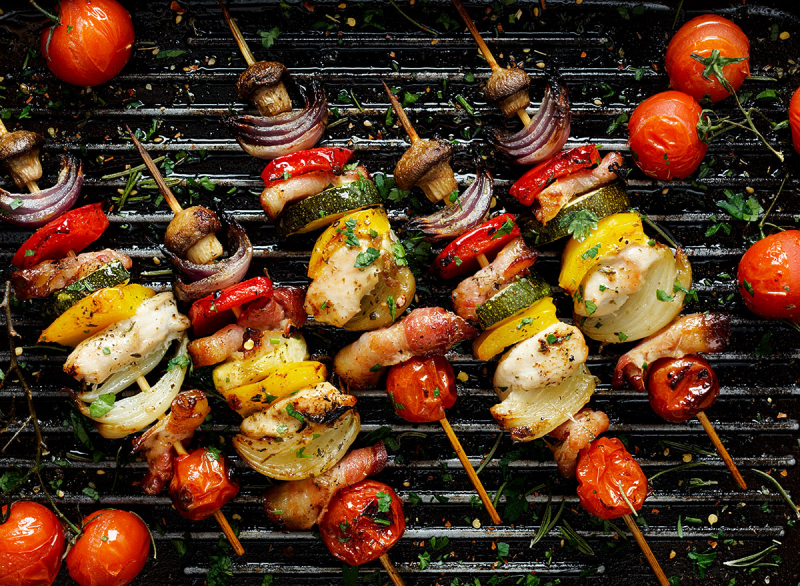
via: Eat This, Not That -
If you're tired of eating sloppy pasta, it's time to take matters into your own hands and learn how to cook it yourself. The procedure is so simple that you'll wonder why you haven't been making your own pasta all along. This simple yet highly nutritious and healthy dish will serve as your stepping stone to more advanced pasta-based recipes. The possibilities for using pasta in a recipe are endless.
When cooking pasta, double the amount of water in a pan compared to the pasta to ensure the pasta is fully submerged. After that, season with salt to taste and bring the water to a boil. Then, add the pasta to the boiling water and cook for 10 to 12 minutes, stirring every two minutes to prevent clumping. When the pasta is done, drain it and toss it with a pasta sauce until it is ready to eat.
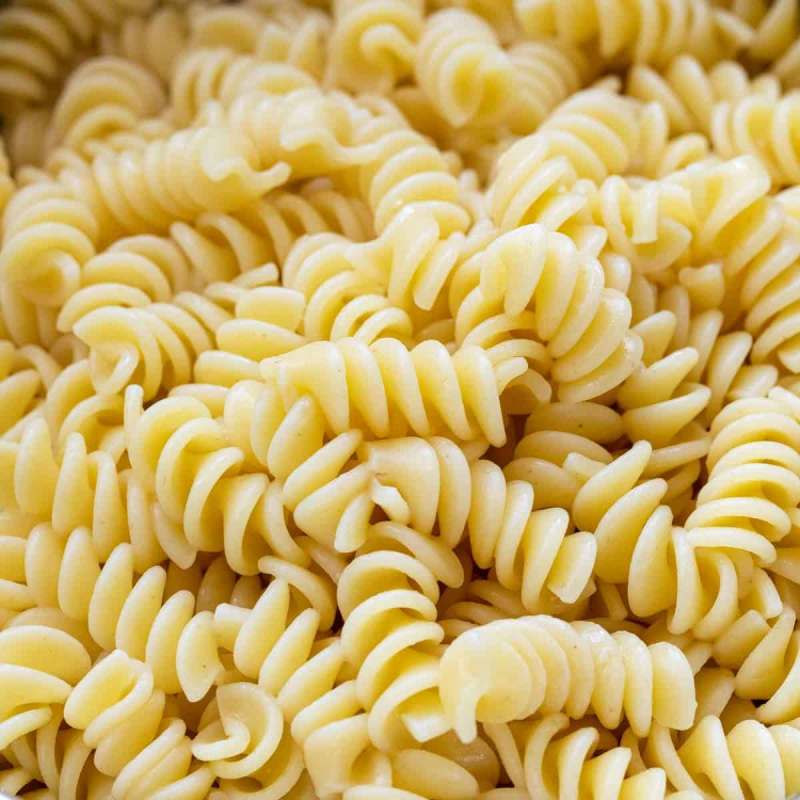
via: Jessica Gavin 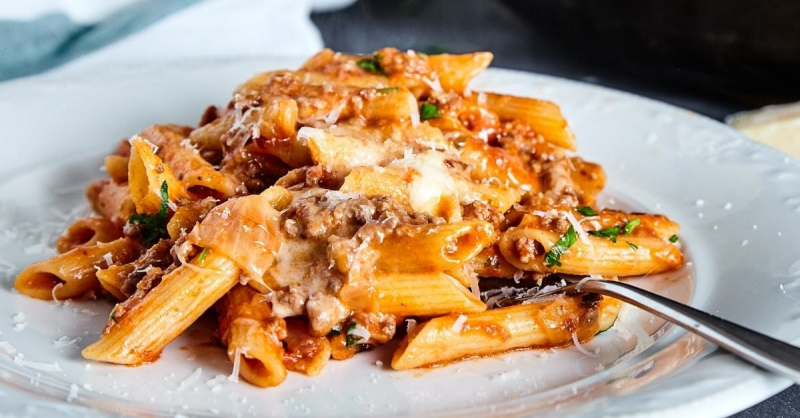
via: Insanely Good Recipes -
The dependable egg serves as both a breakfast companion and a late-night snack. So it stands to reason that the very first cooking skill a home chef should learn is how to cook an egg. That being said, an egg is just as versatile as pasta in terms of the various ways it can be prepared.
An egg can be boiled, scrambled, or turned into an omelet. It is simple to boil an egg. All it takes is bringing a pan of water to a boil, adding the egg, and cooking it for 10 minutes in the boiling water. You may need to look up a tutorial online for scrambled eggs and omelets, but with some practice, you will master the art of cooking eggs in no time.

via: American Egg Board 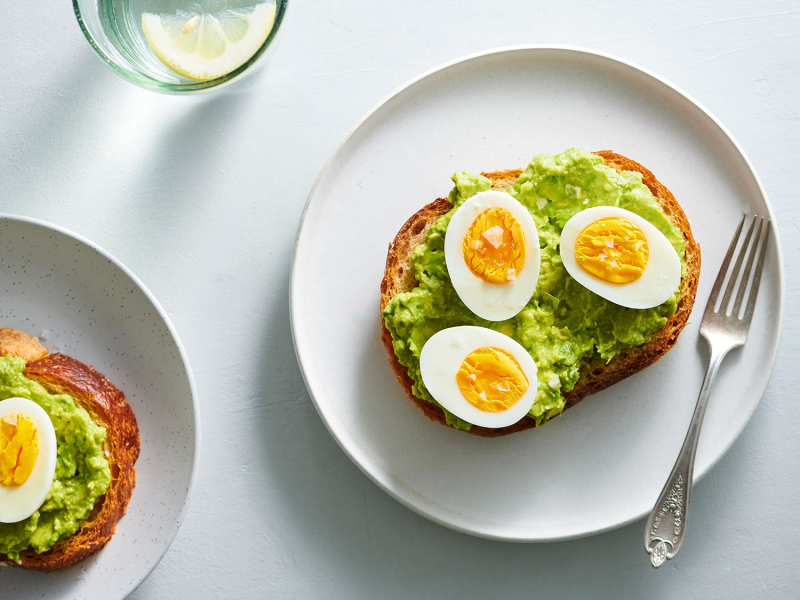
via: Serious Eats -
Roasted chicken is the ultimate dinner recipe, and once you've mastered it, you're ready to tackle the roasted turkey for Thanksgiving. Despite its popularity, roasting a whole chicken is surprisingly simple, and it is thus regarded as a fundamental cooking skill. All you need is a roasting chicken and an oven (which is capable of roasting a whole chicken).
Simply season the chicken with salt and black pepper and drizzle with olive oil on both sides. Spread the olive oil over the surface of the chicken with your hands. Preheat the oven to 400°F (205°C) and place the whole chicken, breast side up, on a roasting pan in the oven. Roast the chicken for 30 minutes at 400°F, then reduce to 375°F and bake for another 20 minutes. Then, remove the roasted chicken from the pan and wrap it in foil until ready to serve.
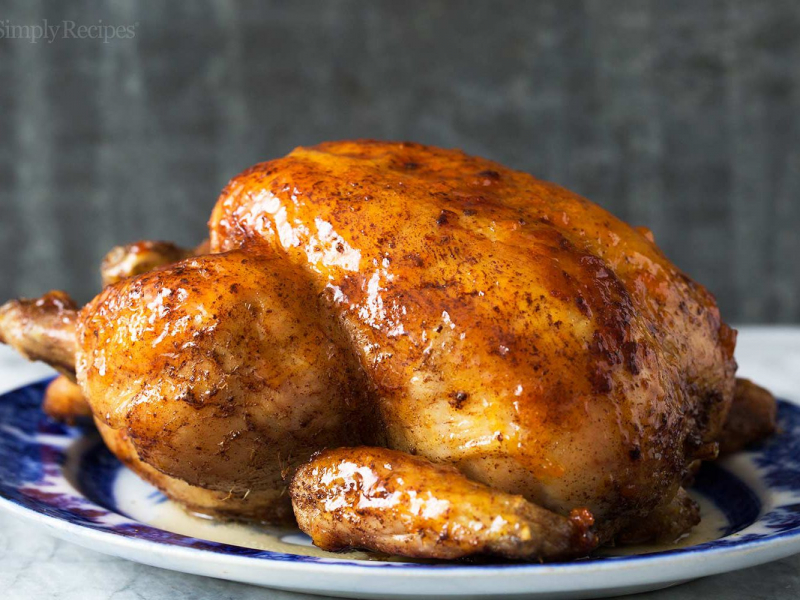
via: Simply Recipes 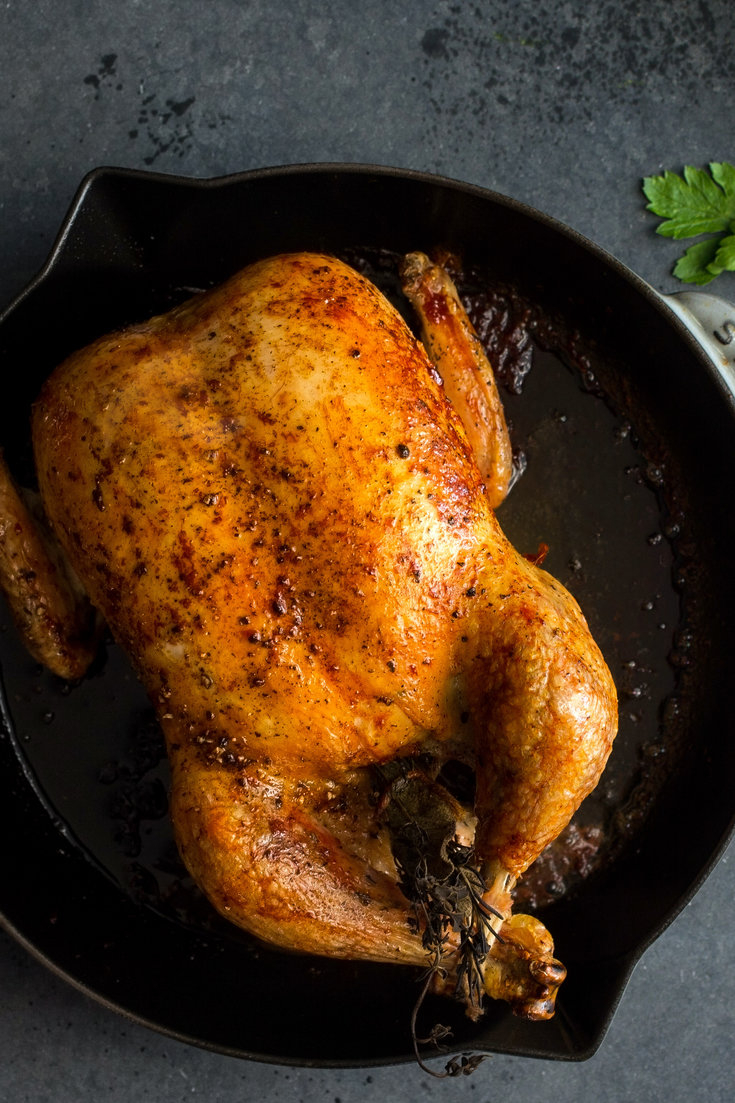
via: NYT Cooking - The New York Times -
Baked potatoes have a place in the culinary world as a simple meal. However, because of its simplicity, this dish is ideal for beginners. There are numerous baked potato recipes available to help novice home chefs hone their skills. Russet potatoes are ideal for baking in the oven. When baked, the skins are thicker, and the starchy interior has a sweet flavor and fluffy texture. Russets are typically large (about 6 to 8 ounces). One potato per person makes a filling side dish or meal.
A baked potato has a crisp outside and a fluffy inside. However, you can always add filling to a baked potato and serve it with cheese, beans, or even ground meat on the side to make it a complete meal. You can progress to more advanced versions of the dish once you've mastered how to bake a potato.

via: Simply Recipes 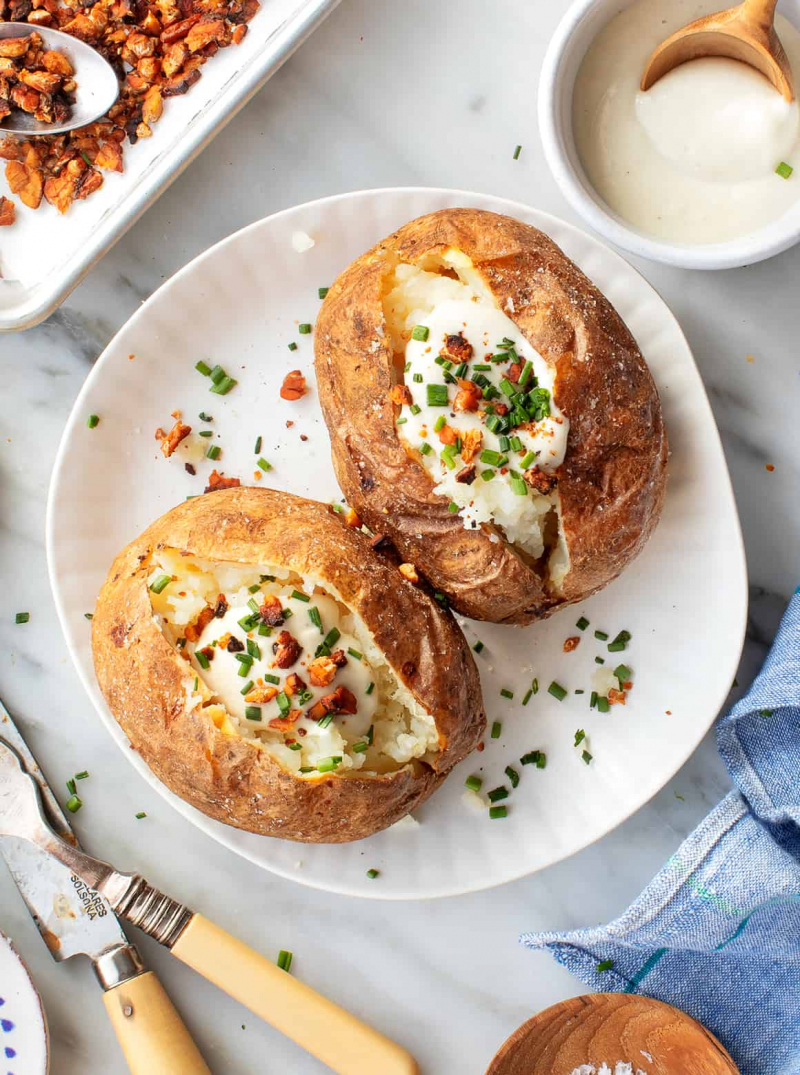
via: Love and Lemons -
Rice is a staple food that is cooked in every home. As a result, it should come as no surprise that cooking rice is a fundamental skill that will serve as a foundation for future rice-based recipes. Not to mention that boiled rice can be combined with beans and even meats to make a nutritious and well-balanced meal. Most types of rice are as simple to prepare as pasta.
To begin, rinse the rice to remove any debris, then add two parts of water to one part of rice in a pot and bring the water with rice to a boil. Once the water has reached a boil, season with salt to taste. Second, cover the pot and cook until the water is absorbed by the rice and no excess water remains in the pot. Allow the rice to sit for 10 minutes after all of the water has been absorbed with the lid on before serving.
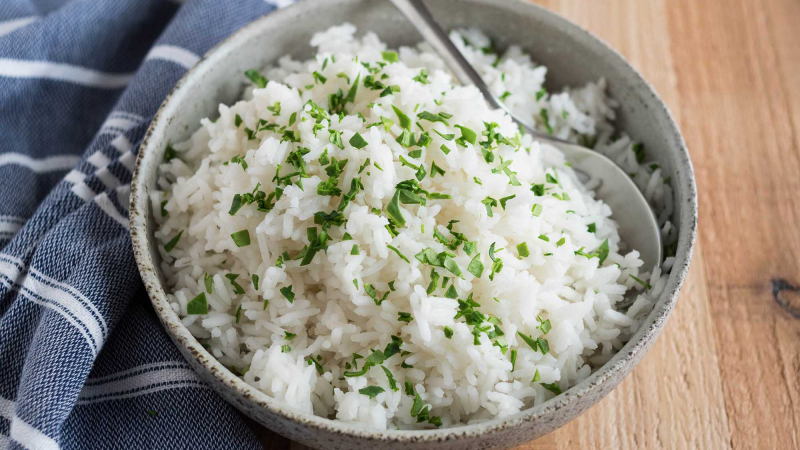
via: Simply Recipes 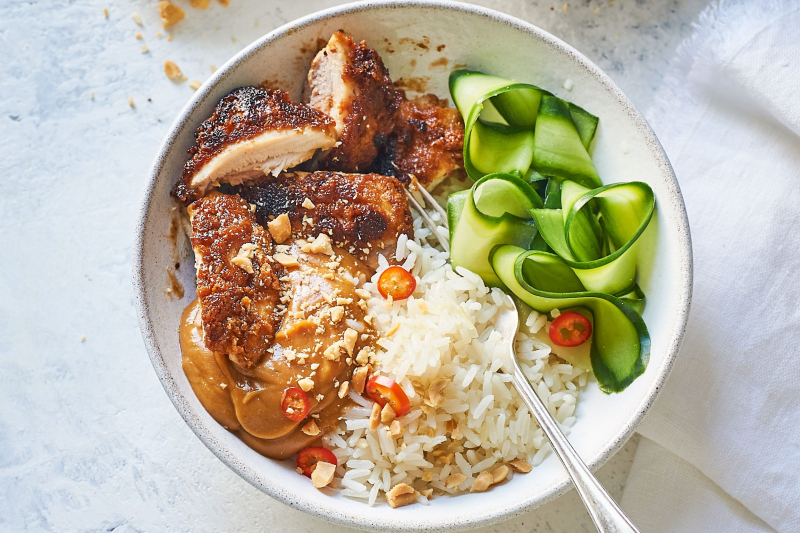
via: BBC Good Food -
To become an expert home chef, you must first master the fundamental art of ingredient selection. Unless you're lucky, it's nearly impossible to make a good-tasting recipe without the right ingredients. You don't need a chef to tell you that using high-quality ingredients is essential when cooking. That is why it is critical to understand the fundamentals of selecting the freshest produce such as vegetables, fruits, meats, and so on when shopping.
If you have the opportunity to shop at a farmers' market, you will notice that the produce is much riper and fresher. Once you've mastered the ingredients, you can turn them into delectable dishes. Fruits should have a smooth and even surface that is firm but not hard. Examine the vehicle for dents, which could indicate damage. Pay attention to the weight as well; the weight of fruit or melon can indicate how juicy it is, especially with oranges, lemons, watermelon, and cantaloupe. When shopping for meat, look for tenderness, juiciness, and flavor. There should be no tears in the skin and the meat should be fully fleshed/meaty. The surface is neither too dry nor too wet, and there are no blood splashes. Avoid rancid-smelling meat or anything that’s already mushy or does not bounce back when pressed,...
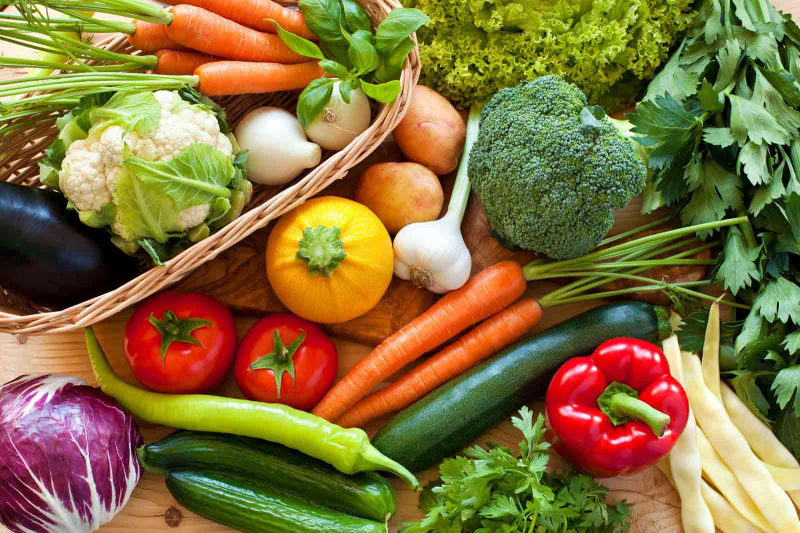
via: Luxofood 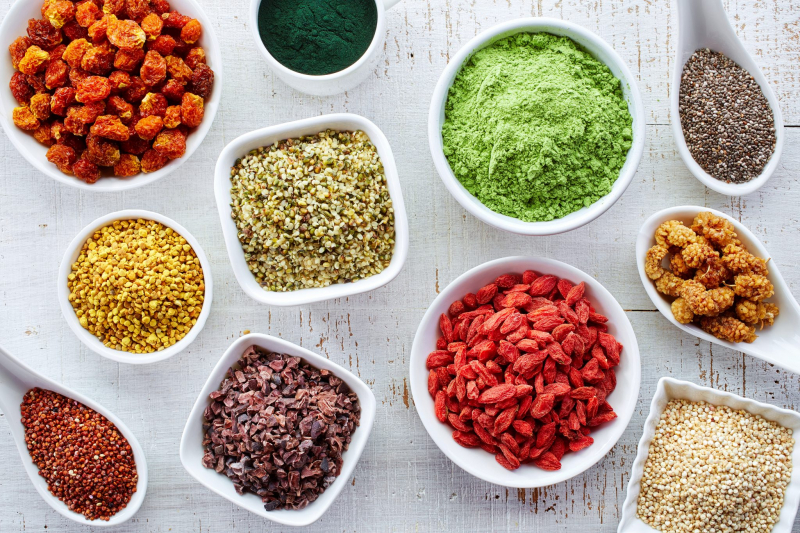
via: Kimberton Whole Foods












